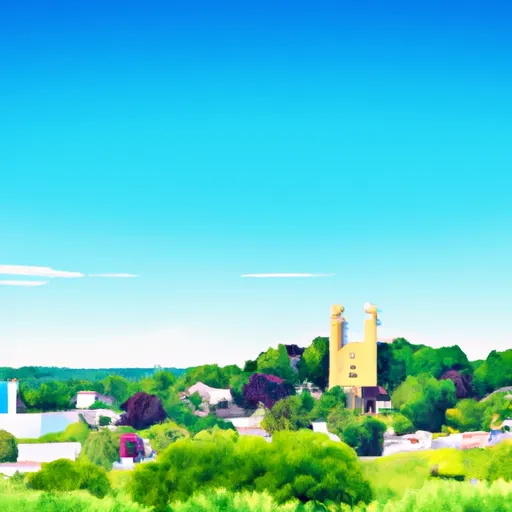°F
°F
mph
Windspeed
%
Humidity











Wyeville is a small village located in Monroe County, Wisconsin. The climate in Wyeville is considered to be humid continental, characterized by warm summers and cold winters. Average high temperatures range from 25°F (-4°C) in winter to 85°F (29°C) in summer, while average low temperatures range from 9°F (-13°C) in winter to 64°F (18°C) in summer. Precipitation is evenly distributed throughout the year, with an average annual rainfall of 34 inches (86 cm) and snowfall of around 40 inches (102 cm).
The hydrology of Wyeville is influenced by the nearby Lemonweir River, which provides opportunities for water-based outdoor recreation. The river is suitable for activities such as fishing, canoeing, and kayaking. Fishing enthusiasts can find a variety of fish species in the river, including smallmouth bass, walleye, and catfish.
Besides the river, Wyeville offers outdoor recreation opportunities in the surrounding area. The village is surrounded by scenic woodlands and rolling hills, providing excellent hiking and nature-watching experiences. There are also nearby state parks and wildlife areas, such as Mill Bluff State Park and Necedah National Wildlife Refuge, which offer opportunities for camping, birdwatching, and wildlife observation.
Overall, Wyeville offers a pleasant climate, diverse hydrology constituents, and various outdoor recreation opportunities that make it an attractive destination for nature enthusiasts and outdoor adventurers alike.
Weather Forecast
Wyeville receives approximately 865mm of rain per year, with humidity levels near 82% and air temperatures averaging around 7°C. Wyeville has a plant hardyness factor of 4, meaning plants and agriculture in this region thrive during a short period during spring and early summer. Most plants will die off during the colder winter months.
Regional Streamflow Levels
5,860
Cubic Feet Per Second
181
Cubic Feet Per Second
10
Cubic Feet Per Second
586
Cubic Feet Per Second
Nearby Camping
| Camping Area | Reservations | Toilets | Showers |
|---|---|---|---|
| St. Francois State Park | |||
| Tickfaw State Park | |||
| Percy Quin State Park | |||
| Bogue Chitto Water Park | |||
| Mississippi Petrified Forest | |||
| Pere Marquette State Park |



